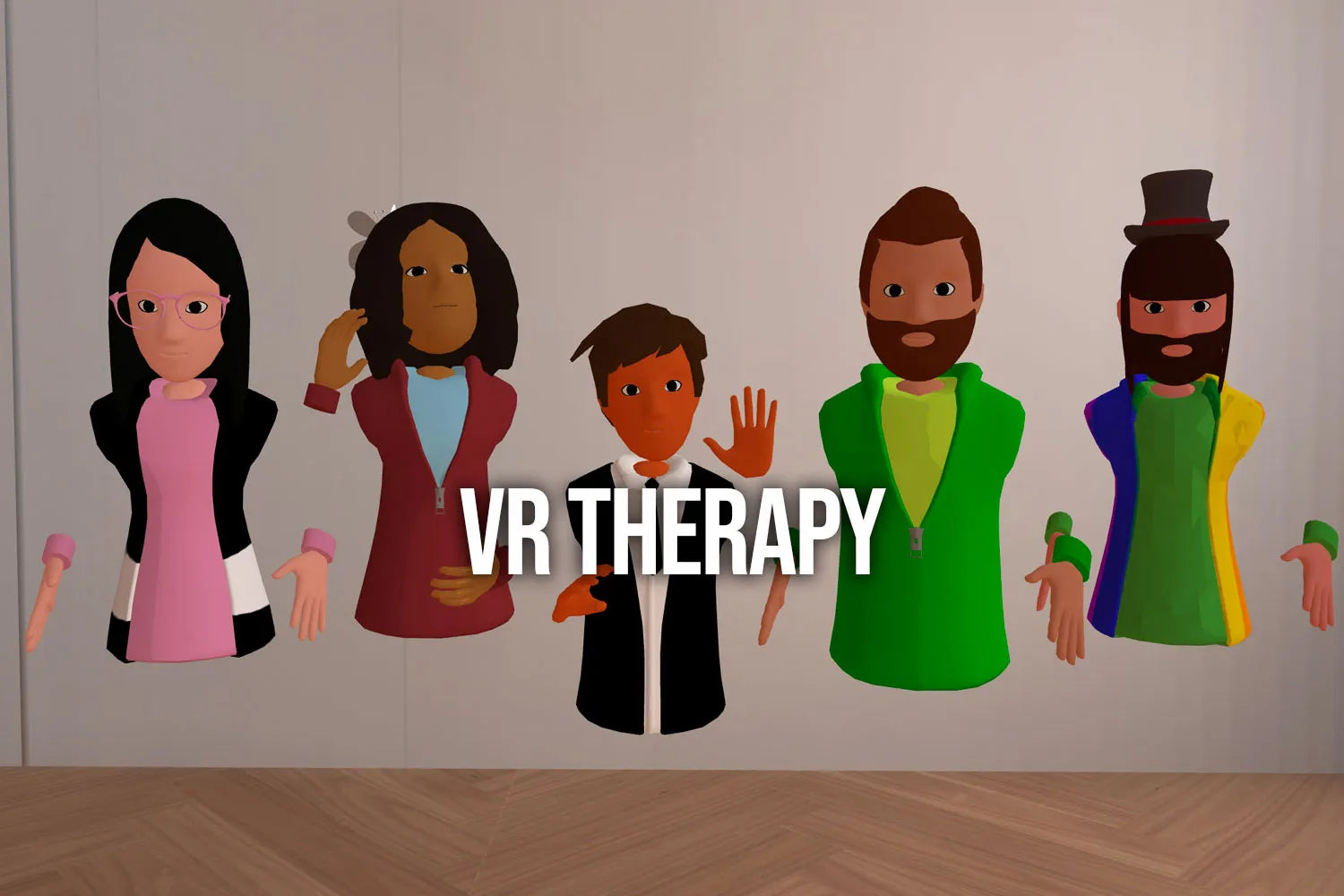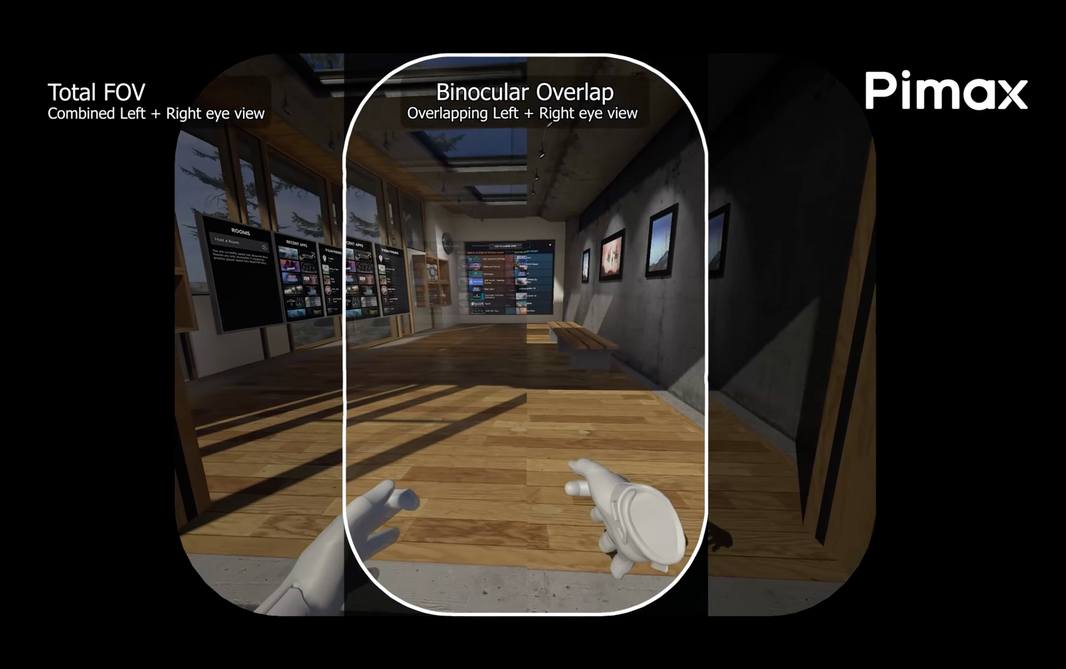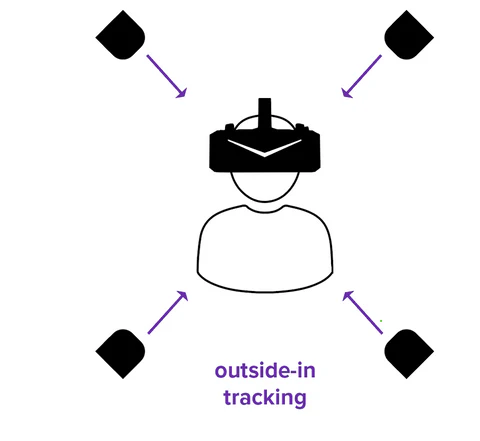Understanding Virtual Reality Therapy (VRT)
Virtual Reality Therapy involves the use of immersive technology to simulate realistic environments and scenarios in a controlled setting. It provides individuals with an opportunity to confront and navigate their fears, anxieties, or traumas within a safe and supportive environment. By donning a VR headset, patients are transported into computer-generated worlds where they can interact with various stimuli that mimic real-life situations.
How Does Virtual Reality Therapy (VRT) Work?
VRT operates on the principle of exposure therapy, a well-established psychological technique that gradually exposes individuals to their fears or anxieties in a controlled manner. This exposure is done incrementally, allowing patients to confront and process their emotions at their own pace.
For instance, someone struggling with a fear of heights can experience being in a virtual high-rise building, allowing them to confront and manage their anxiety in a controlled environment. Therapists can customize these virtual environments to suit individual needs, making the experience highly tailored and effective.
The Advantages of Virtual Reality Therapy
1: Enhanced Engagement and Immersion
Traditional therapy sessions may sometimes lack the engagement necessary for some individuals to fully immerse themselves in the therapeutic process. VRT, however, captivates attention and encourages active participation due to its immersive nature, leading to more effective treatment outcomes.
2: Safe and Controlled Environment
One of the significant benefits of VRT is its ability to create a safe space for patients to confront their fears without being exposed to real-world risks. This controlled environment allows therapists to guide and support patients throughout their journey, ensuring a sense of safety and security.
3: Customization and Personalization
VRT offers a high level of customization, enabling therapists to tailor scenarios to the specific needs and challenges of each individual. This personalization ensures that therapy is more targeted and effective.
4: Treatment for Various Conditions
Virtual Reality Therapy isn't limited to specific mental health concerns. It has shown promise in treating a wide range of conditions, including phobias, anxiety disorders, PTSD, and even chronic pain management.
The Future of Mental Health Care
As technology continues to evolve, Virtual Reality Therapy is poised to become more accessible and widespread. Its potential to revolutionize mental health care by providing innovative, effective, and engaging treatment avenues is undeniable.
However, while the prospects are promising, it's essential to acknowledge that VRT is not a one-size-fits-all solution. It should be viewed as a complementary tool that works in tandem with traditional therapeutic approaches.
In conclusion, Virtual Reality Therapy represents a groundbreaking leap in mental health treatment, offering a new dimension of possibilities for individuals seeking help and healing. As research and development in this field progress, the future holds immense promise for this transformative technology to positively impact countless lives.








